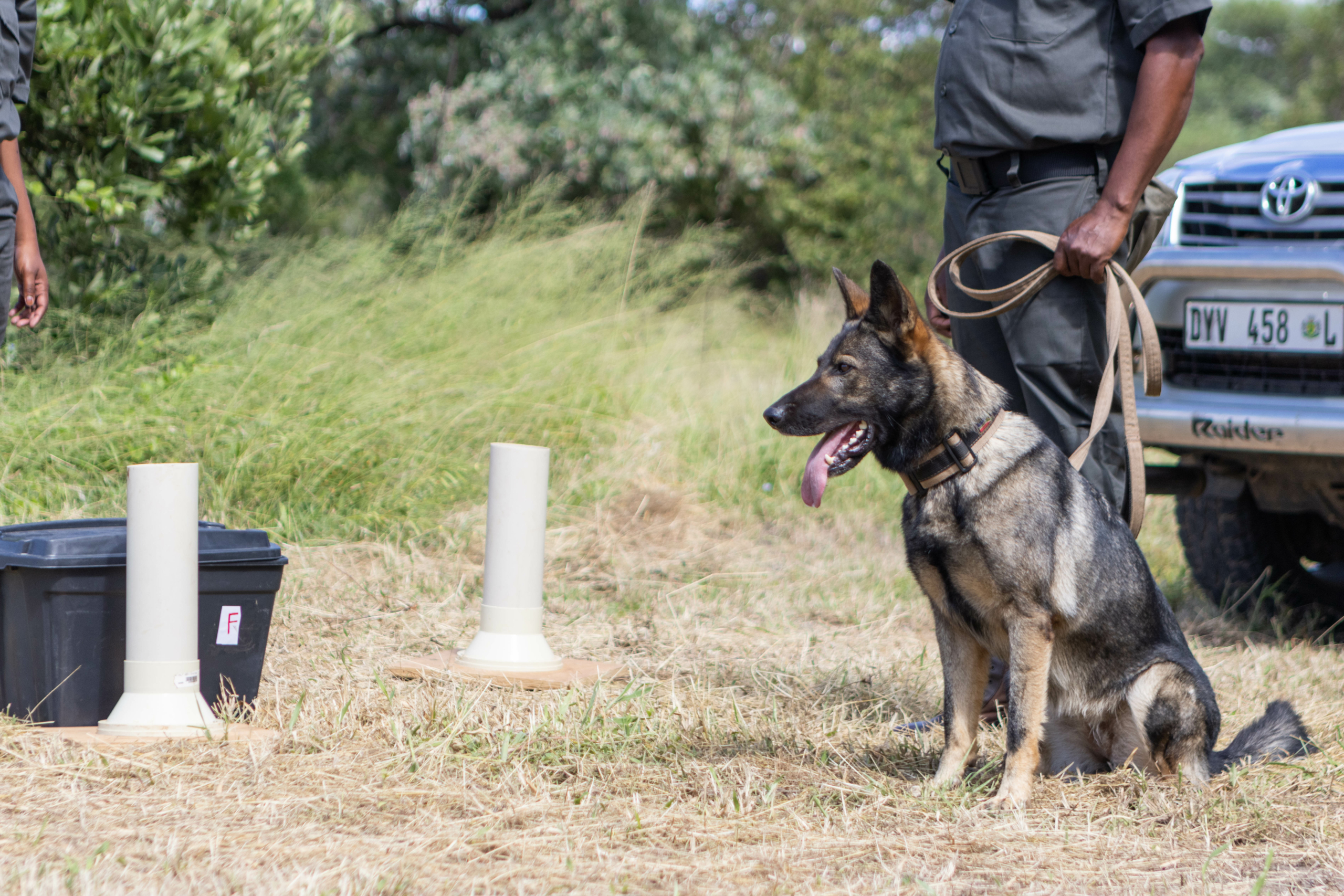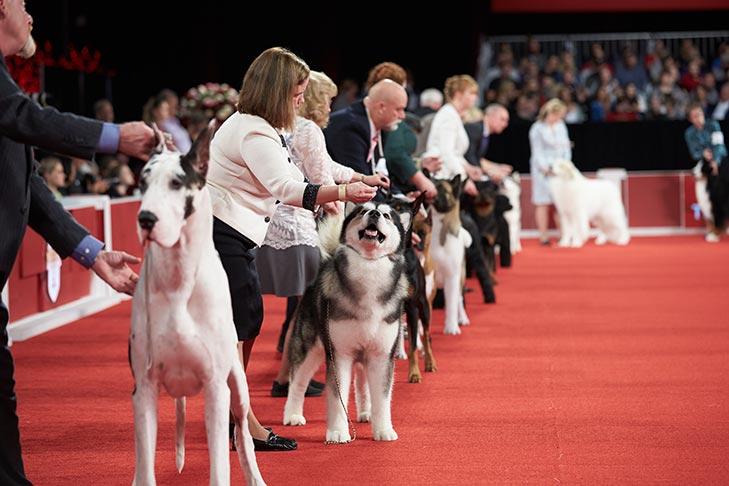Preparing your furry companion for the spotlight can be both exciting and challenging. In the competitive world of dog shows, training is key to showcasing your pet’s full potential. Whether you are a novice enthusiast or a seasoned competitor, understanding effective dog show training techniques is essential for success in the ring.
This blog is your ultimate guide to mastering the art of dog show training. From basic obedience commands to advanced grooming tips, we will delve into the strategies and methods that can help you and your dog shine in the show ring. Join us on this journey as we explore the intricate world of dog show training and unleash the winning potential in your loyal companion.
Introduction: Exploring the World of Dog Show Training
Welcome to the exciting realm of dog show training! Training your furry companion to shine in the spotlight requires dedication, patience, and the right techniques. From agility trials to breed-specific competitions, dog shows provide a platform for showcasing your pet’s talents and beauty. In the fast-evolving world of dog shows, staying updated with the latest trends and methodologies is crucial to achieving success.
The Evolution of Dog Show Training
Over the years, dog show training has seen a significant transformation. Gone are the days of traditional methods; today, trainers emphasize positive reinforcement, mental stimulation, and personalized approaches. Understanding your dog’s breed characteristics and individual temperament is essential for tailoring training techniques effectively.
Key Aspects of Successful Training
Success in dog show training hinges on consistency, motivation, and building a strong bond with your pet. Training sessions should be fun, engaging, and rewarding for your furry companion. Incorporating treats, toys, and praise can motivate your dog to perform at their best.

Understanding the Basics of Dog Show Training
Training a dog for a show requires dedication, consistency, and patience. To excel in dog show training, it is essential to understand the fundamental principles that govern this process. Whether you are a novice or an experienced handler, mastering the basics is vital for success in the competitive world of dog shows.
Setting Training Goals
Prior to commencing dog show training, establish clear objectives. These goals should be realistic, measurable, and tailored to your dog’s strengths and weaknesses. Whether it’s perfecting gait or improving stacking, having specific aims guides your training sessions effectively.
Creating a Training Schedule
Consistency is key in dog show training. Develop a structured training schedule that includes regular grooming, exercise, and obedience drills. Additionally, allocate time for specialized training focused on show-specific skills such as stacking, baiting, and ring behavior.
Positive Reinforcement Techniques
Utilize positive reinforcement methods like treats, praise, and play to encourage desired behaviors during training. These techniques not only foster a strong bond between you and your dog but also make the learning process enjoyable and rewarding for your furry companion.
Key Techniques for Successful Dog Show Training
Training your dog for a show requires dedication, patience, and the right techniques. To achieve success in dog show training, consider the following key techniques:
1. Consistent Practice
Consistency is key when training your dog for a show. Practice daily and maintain a routine to reinforce commands consistently.
2. Positive Reinforcement
Utilize positive reinforcement techniques such as treats, praise, or toys to encourage desired behaviors in your dog during training sessions.
3. Socialization
Expose your dog to different environments, people, and animals to improve their social skills and confidence during the show.
Advanced Strategies to Enhance Your Dog Show Training
Mastering the art of dog show training requires dedication and a deep understanding of your canine companion. To take your training to the next level, consider implementing these advanced strategies that are tailored to bring out the best in your dog.
Utilize Targeted Positive Reinforcement
Focus on rewarding specific behaviors with precision timing. This reinforces desired actions, making them more likely to be repeated. Consistency is key in this approach, helping your dog understand exactly what is being rewarded.
Integrate Complex Training Exercises
Challenge your dog with advanced training exercises that go beyond basic commands. Incorporate problem-solving tasks that stimulate your dog’s mind and keep training sessions engaging.
- Teach intricate tricks that require coordination.
- Introduce interactive games that promote mental acuity.
- Practice agility courses to enhance physical abilities.
Tips for Overcoming Common Challenges in Dog Show Training
Training a dog for a show can come with its own set of challenges. However, with the right approach, these hurdles can be overcome effectively. Here are some tips to help you navigate through common obstacles in dog show training:
Consistency is Key
Consistent training schedules and techniques are crucial for success. Regular practice helps reinforce desired behaviors and builds a strong bond between you and your dog.
Consistency in commands and rewards is essential to avoid confusion and maintain focus during training sessions.
Patience and Positive Reinforcement
Patience is paramount when training a dog for a show. Dogs may not learn new tricks or behaviors instantly, so practicing patience is key.
Using positive reinforcement techniques such as treats, praise, and play can motivate your dog to perform well and enjoy the training process.
Socialization and Exposure
Expose your dog to various environments, people, and other animals to improve their social skills and confidence. Proper socialization can help prevent behavioral issues during shows.
Introduce your dog to different surfaces, noises, and situations to prepare them for the distractions they may encounter during a competition.
Utilizing Positive Reinforcement in Dog Show Training
When it comes to achieving success in dog show training, utilizing positive reinforcement techniques is key. This method focuses on rewarding desired behaviors to encourage their repetition, making training sessions more effective and enjoyable for both the dog and the trainer.
The Power of Treats
Using treats as rewards is a common form of positive reinforcement. Choose high-value treats that your dog loves and only provide them when they exhibit the desired behavior. This creates a strong association between the action and the reward.
Remember to be consistent in rewarding the behavior immediately to reinforce it effectively.
Clicker Training
Clicker training is another effective positive reinforcement technique. The clicker serves as a signal to your dog that a reward is coming, helping to mark the desired behavior precisely.
Pairing the click sound with a treat strengthens the connection, aiding in clear communication during training sessions.
Frequently Asked Questions
- What are some key tips for mastering dog show training techniques?
- Some key tips for mastering dog show training techniques include consistency, positive reinforcement, proper socialization, and patience.
- How important is consistency in dog show training?
- Consistency is crucial in dog show training as it helps the dog understand what is expected of them and reinforces desired behaviors.
- Why is positive reinforcement effective in training dogs for shows?
- Positive reinforcement is effective in training dogs for shows because it encourages the dog to repeat behaviors that result in rewards, making learning more enjoyable and effective.
- What role does socialization play in preparing a dog for a show?
- Socialization is important in preparing a dog for a show as it helps them become comfortable in various environments and around different people and animals, reducing stress during competitions.
- How can patience benefit both the dog and the trainer in dog show training?
- Patience is beneficial in dog show training as it allows the trainer to work at the dog’s pace, build trust, and overcome challenges, resulting in a stronger bond and successful training outcomes.
Final Thoughts: Elevate Your Dog Show Training Skills
As we conclude our journey into the world of dog show training, it is clear that mastering the techniques is not just about grooming your pet for success in the ring, but it is a testament to the bond and dedication between you and your furry companion. The key takeaways from our exploration include the importance of consistency, positive reinforcement, patience, and a deep understanding of your dog’s needs and behaviors. Remember, each training session is an opportunity for growth and improvement, both for your dog and yourself. So, embrace the challenges, celebrate the victories, and continue to unleash the full potential of your canine partner in the exciting world of dog shows.



